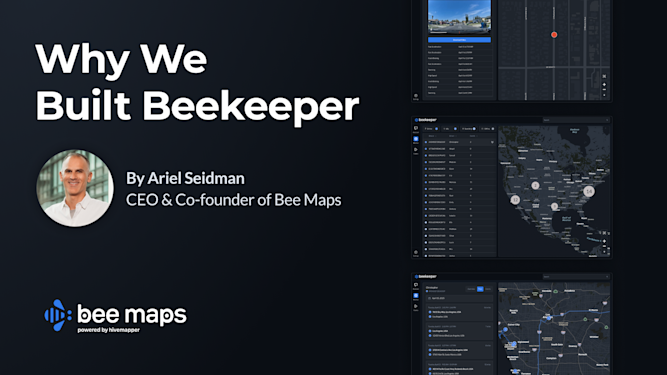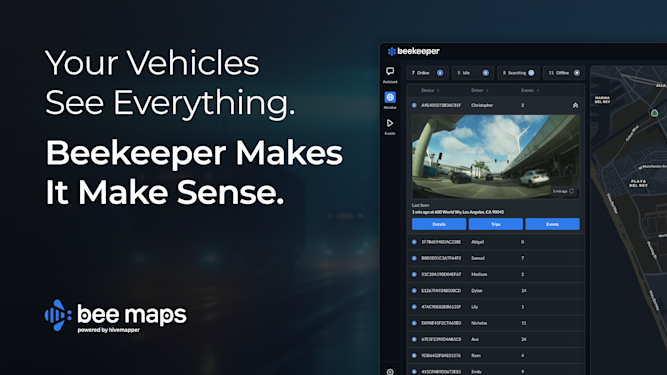The Latest Buzz
How do Mapping APIs Help Develop Self Driving Technology?

Application Programming Interfaces (APIs) are increasingly popular tools in mapping workflows for self-driving technology. They provide developers with access to data sources like geolocation, navigation, and real-time information which are conflated into autonomous systems.
What Are the Key Functions of Mapping APIs?
Mapping APIs are essential for enabling autonomous vehicles to navigate with precision. They provide several critical functions, including high-definition maps, real-time location data, and route optimization:
- Access to High-Definition Maps: Mapping APIs deliver detailed maps that include lane configurations, traffic signals, and landmarks. This comprehensive data helps self-driving cars understand their surroundings, allowing them to navigate complex intersections, roundabouts, and other urban challenges safely.
- Real-Time Location Data: Self-driving vehicles rely on accurate, real-time data to pinpoint their position. Mapping APIs supply GPS coordinates and up-to-date traffic conditions, ensuring the vehicle can adapt to changes on the road—like congestion or road closures—by dynamically adjusting its route.
- Route Planning and Optimization: Mapping APIs help autonomous vehicles plan the best route by analyzing factors such as traffic flow, road conditions, and distance. This ensures vehicles can find the quickest, safest routes, cutting down on travel time and improving efficiency.
How Do Mapping APIs Enhance User Experience?
Mapping APIs aren’t just about guiding autonomous vehicles; they also play a big role in creating a smooth user experience for passengers:
- Accurate ETA Predictions: By utilizing real-time traffic data and GPS information, mapping APIs provide precise estimated time of arrival (ETA) calculations. This helps passengers plan their journeys better, offering a sense of reliability and minimizing uncertainty during travel.
- Seamless Navigation: Mapping APIs ensure that autonomous vehicles follow the most efficient routes. This means fewer delays and smoother transitions through traffic, providing passengers with a more comfortable and time-efficient ride.
- Personalized Routes: Some mapping APIs can offer customized route suggestions based on user preferences, like avoiding toll roads or taking scenic routes. This flexibility allows autonomous vehicle services to tailor the ride experience to individual needs, further enhancing satisfaction.
What Are the Challenges in Implementing Mapping APIs?
While mapping APIs bring numerous benefits, integrating them into autonomous vehicle systems isn’t without challenges:
- Data Accuracy and Updates: For self-driving cars, even minor map inaccuracies can lead to safety risks. Mapping APIs need continuous updates to reflect changes in the road network, such as construction zones or new roadways. Ensuring the data is always current is a significant challenge.
- Scalability and Performance: As autonomous fleets expand, mapping APIs must be able to handle large volumes of requests simultaneously without lag. Maintaining speed and reliability, especially in high-traffic urban areas, requires robust infrastructure.
- Compatibility with Existing Systems: Integrating mapping APIs with a vehicle's internal systems can be complex. APIs need to work seamlessly with a car's sensors, software, and user interface, making implementation a technically challenging process.
How We Can Help Autonomous Car Developers?
Provides a source of detailed and geolocated map features, from road signs to speed cameras.
Bee Map Image API
Continuous source of real-time, high-resolution street-view imagery from within your internal systems.
Share Post


